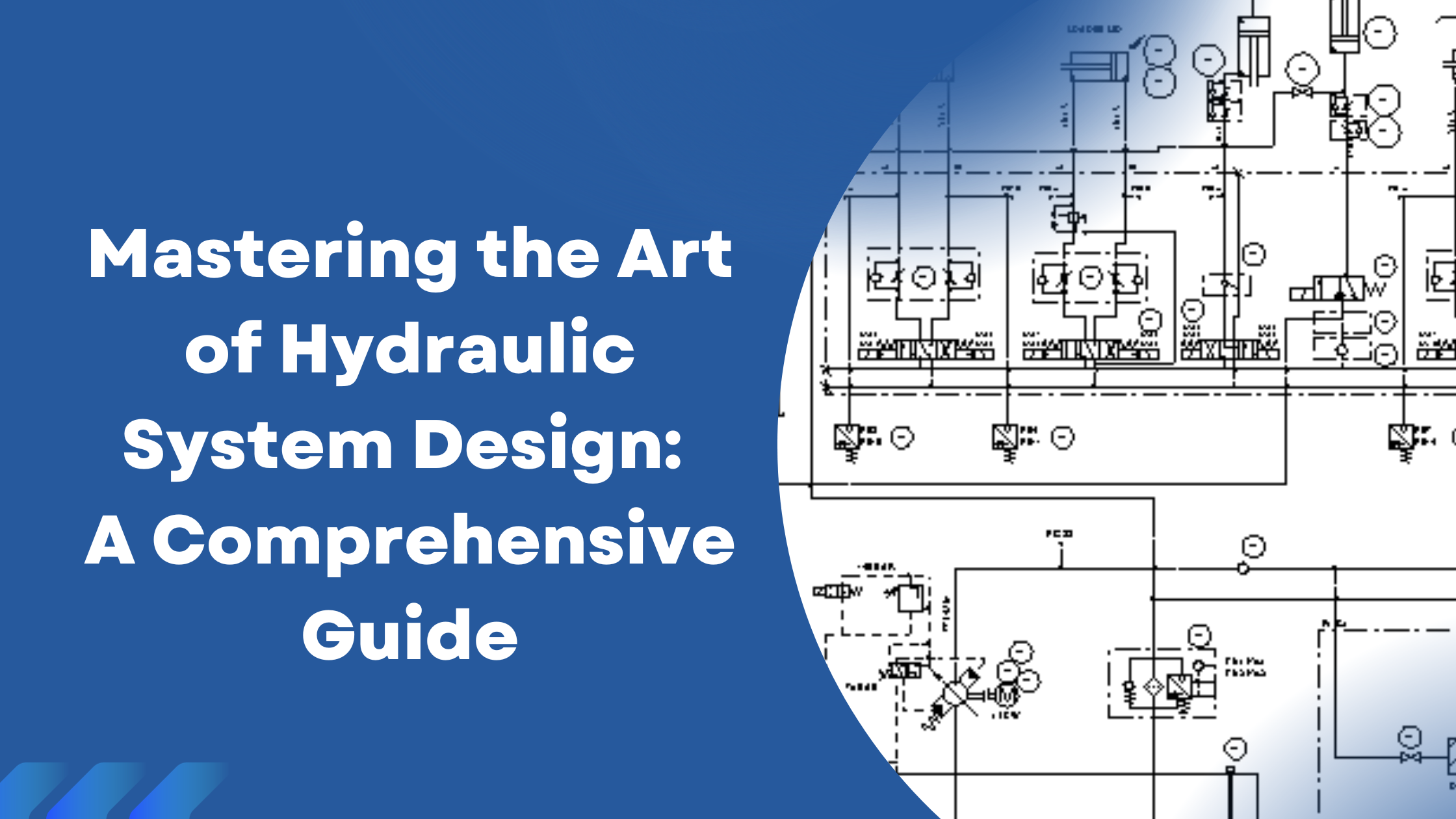Introduction:
Hydraulic systems have become integral to a myriad of industries, powering everything from heavy machinery to precision equipment. At the heart of these systems lies a crucial aspect: design. The effectiveness of a hydraulic system depends heavily on how well it is designed. In this blog, we'll delve into the intricacies of hydraulic system design, exploring key considerations, components, and best practices.
Understanding the Basics:
- Fundamentals of Hydraulic System Design:
- An overview of the basic principles that govern hydraulic systems.
- The relationship between pressure, flow, and force in hydraulic design.
- How hydraulic power transmission differs from other systems.
- Components in Focus:
- Detailed exploration of essential components such as pumps, motors, cylinders, valves, and accumulators.
- The role each component plays in the overall functionality of the system.
- Considerations for selecting the right components based on application requirements.
Design Considerations:
- System Requirements and Specifications:
- How to gather and analyze the requirements for a hydraulic system.
- Balancing performance expectations with environmental and operational constraints.
- Translating specifications into a design roadmap.
- Integration with Other Systems:
- Considerations when integrating hydraulic systems with electrical, mechanical, or pneumatic systems.
- Ensuring seamless communication and synergy between different components.
- Safety Protocols in Design:
- Importance of incorporating safety features in hydraulic system design.
- Design strategies to mitigate potential risks and hazards.
- Compliance with industry standards and regulations.
Practical Design Tips:
- Fluid Selection and Management:
- Types of hydraulic fluids and their properties.
- How to choose the right fluid for specific applications.
- Best practices for fluid management and contamination control.
- Customization for Specific Applications:
- Tailoring hydraulic systems for diverse applications, from industrial machinery to aerospace.
- Case studies illustrating successful customization for optimal performance.
- Predictive Maintenance in Design:
- Designing systems with built-in features for predictive maintenance.
- The role of sensors and IoT in monitoring system health.
- Maximizing the lifespan of components through proactive maintenance.
Looking to the Future:
- Emerging Trends in Hydraulic System Design:
- Exploring the integration of smart technologies and automation.
- Sustainable design practices for eco-friendly hydraulic systems.
- Research and development shaping the future of hydraulic technology.
Conclusion:
Designing a hydraulic system is both an art and a science. It requires a deep understanding of the principles governing fluid power, coupled with a keen eye for the specific needs of the application. By mastering the intricacies of hydraulic system design, engineers can unlock the full potential of these systems, ensuring efficiency, reliability, and safety in a rapidly evolving technological landscape. Whether you're a seasoned professional or a newcomer to the world of hydraulics, this guide aims to provide valuable insights to elevate your understanding of hydraulic system design.



0 Comments